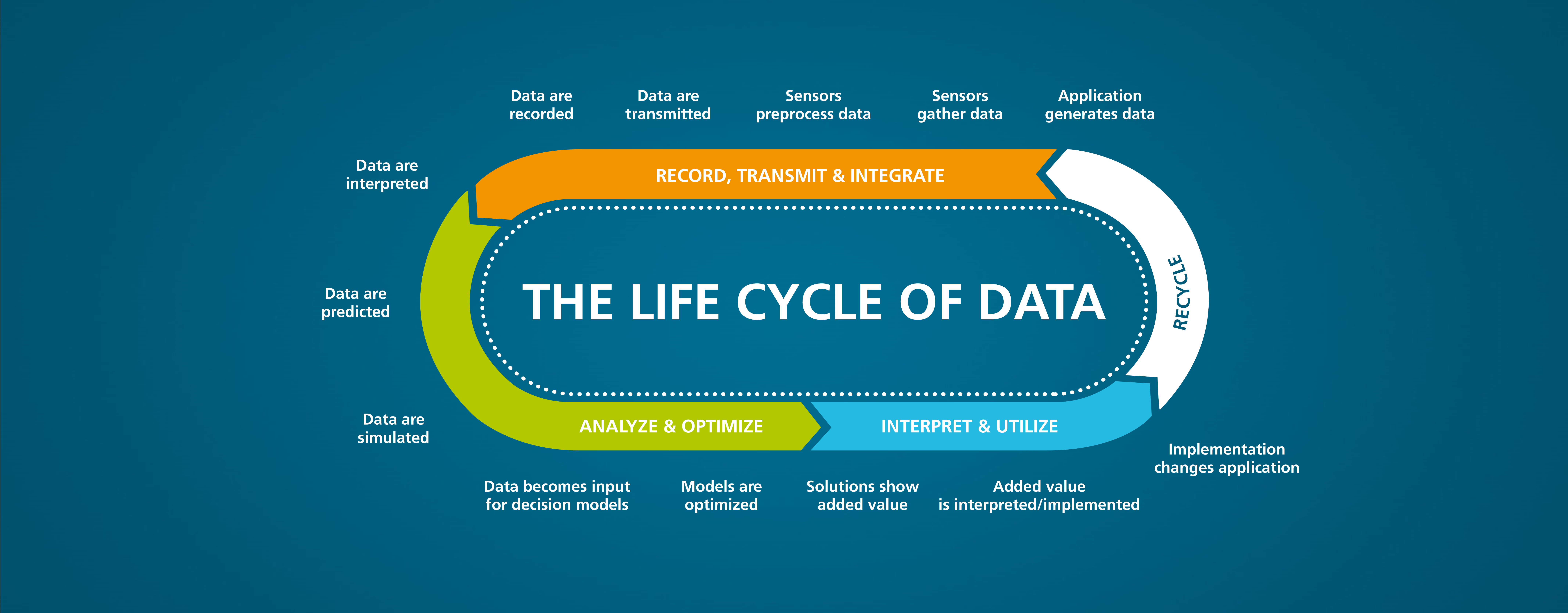Until now, it has been impossible to systematically record product data from the raw material stage through to recycling: the value chain is too complex for this and the data flow is not continuous enough. However, this leaves significant untapped potential for optimizing production. As Fraunhofer’s DMD4Future project is now showing, eResourcing can provide solutions that address this by collecting and connecting data at different points in the process chain. What makes this remarkable is that the data can be used to optimize many different stages of the value chain.
Digital connectivity in industry has its charms: cameras that automatically monitor the quality of components on assembly lines; sensors that independently call the maintenance technician when a tool is worn out; production systems that automatically order supplies when components run low. These days, more and more devices are being equipped with powerful microprocessors and an Internet connection so they can communicate with one another. This trend toward the complete connectivity of machines is well known as Industry 4.0. But despite all this progress, one thing is still almost impossible: fully capturing data about a component from the raw material stage through production and use to the end of its life. “To date, no industry has been able to obtain and use information systematically over a product’s entire life cycle,” says Dr. Stefan Gerth, head of department at Fraunhofer IIS. “That’s unfortunate because it means we’re missing out on huge potential for optimizing production, improving product quality, increasing sustainability, and ultimately saving money.”
